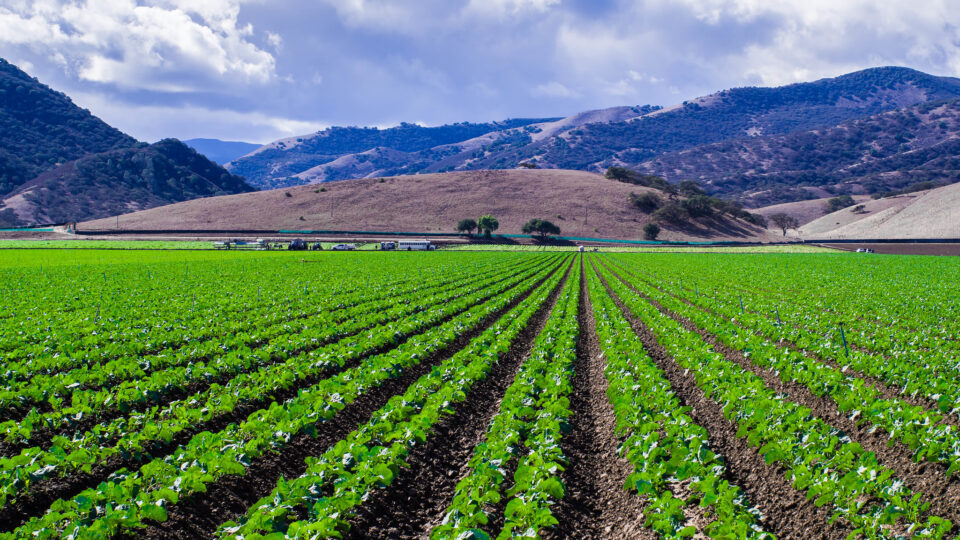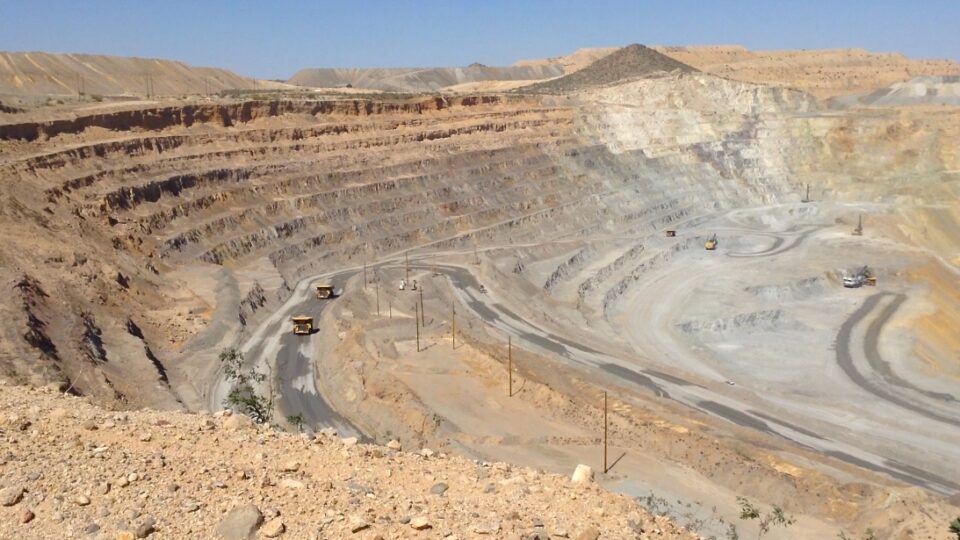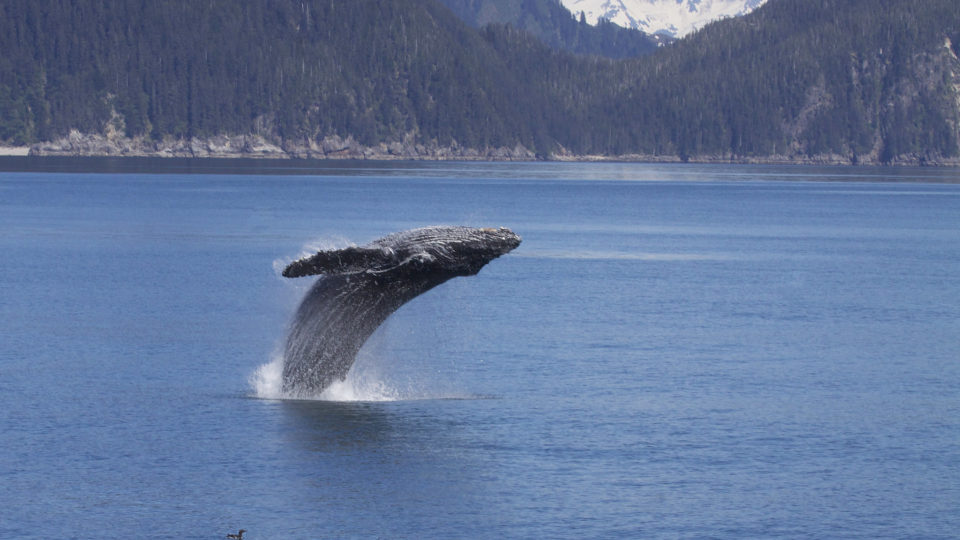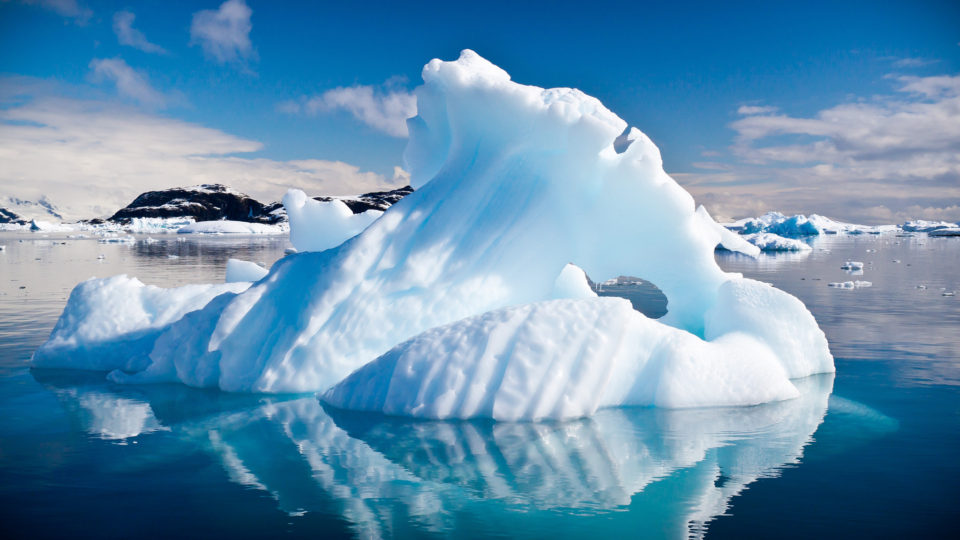Getting humanity to stop dumping carbon dioxide into the atmosphere continues to be very challenging regardless of how increasingly apparent the need to do so becomes. For this reason, climate change mitigation strategies increasingly include interventions in the form of removing carbon dioxide that is already there. There are a variety of ways to draw carbon dioxide out of the atmosphere, but they face a host of technological, economic, and even environmental difficulties.
A new study at Yale University evaluated a type of climate intervention called enhanced rock weathering. Rock weathering is a natural chemical process by which certain minerals absorb carbon dioxide over time. Enhanced rock weathering is simply speeding up weathering such so it can have beneficial results soon enough to make a difference.
The study explored the potential of applying crushed basalt, which is a fast-weathering rock that forms when lava cools, to agricultural fields around the world. Basically, the idea is for farmers to mix the crushed rocks into their fields. There is no real downside to doing this. In fact, adding crushed basalt to fields rejuvenates depleted soils and helps counter ocean acidification.
The study simulated the results of enhanced rock weathering on 1,000 agricultural sites around the world. Over a 75-year period, these sites would remove 64 billion tons of carbon dioxide from the atmosphere. This is roughly the amount climate scientists believe is needed to take out of the atmosphere.
Enhanced rock weathering has been used on a small scale on farms around the world. Perhaps it is time to ramp up its use.
**********
Web Links
Photo, posted January 14, 2023, courtesy of Ron Reiring via Flickr.
Earth Wise is a production of WAMC Northeast Public Radio










